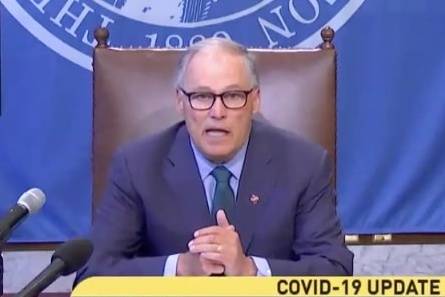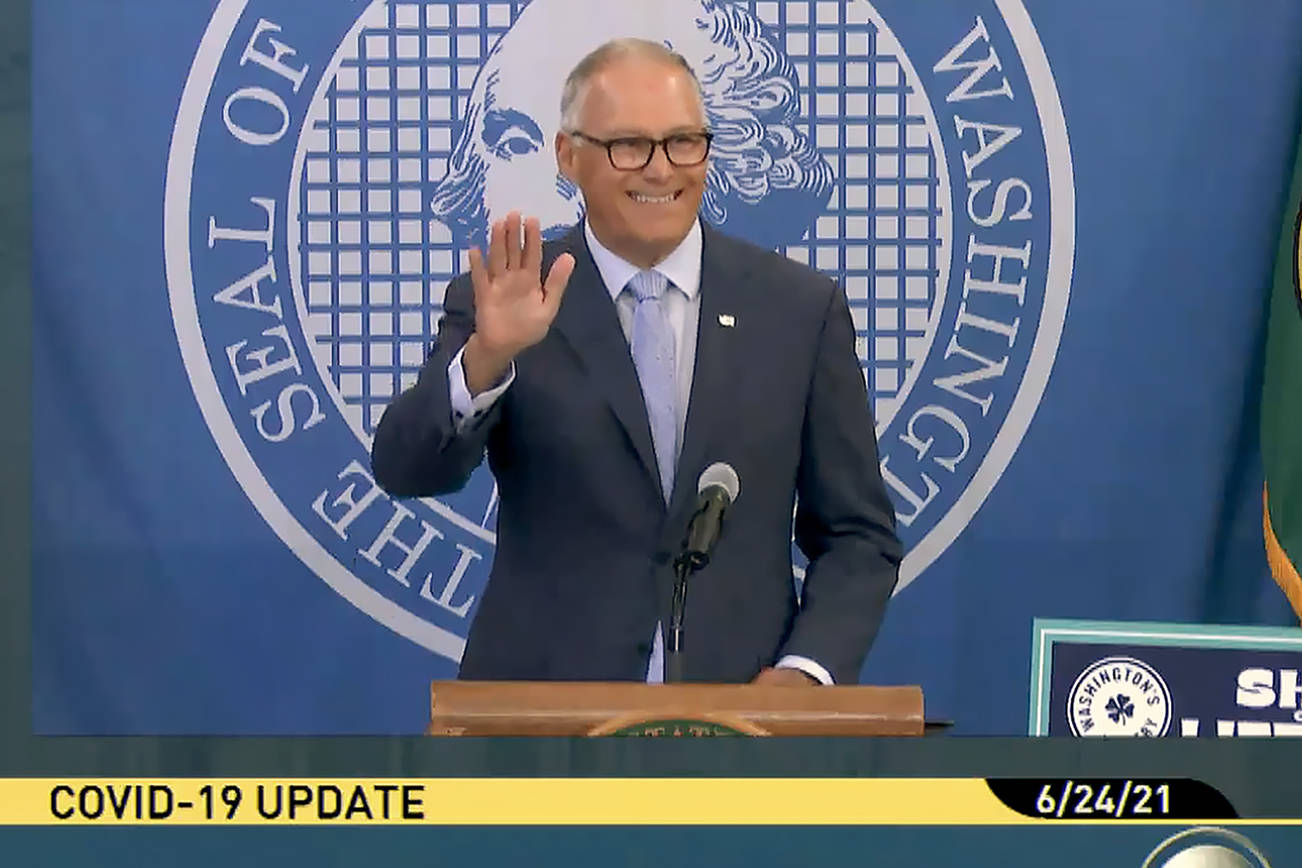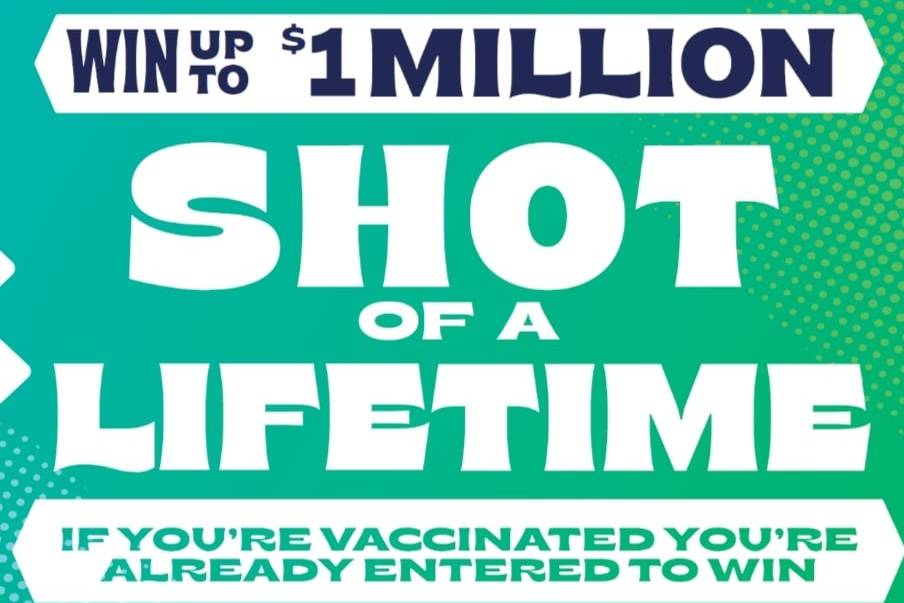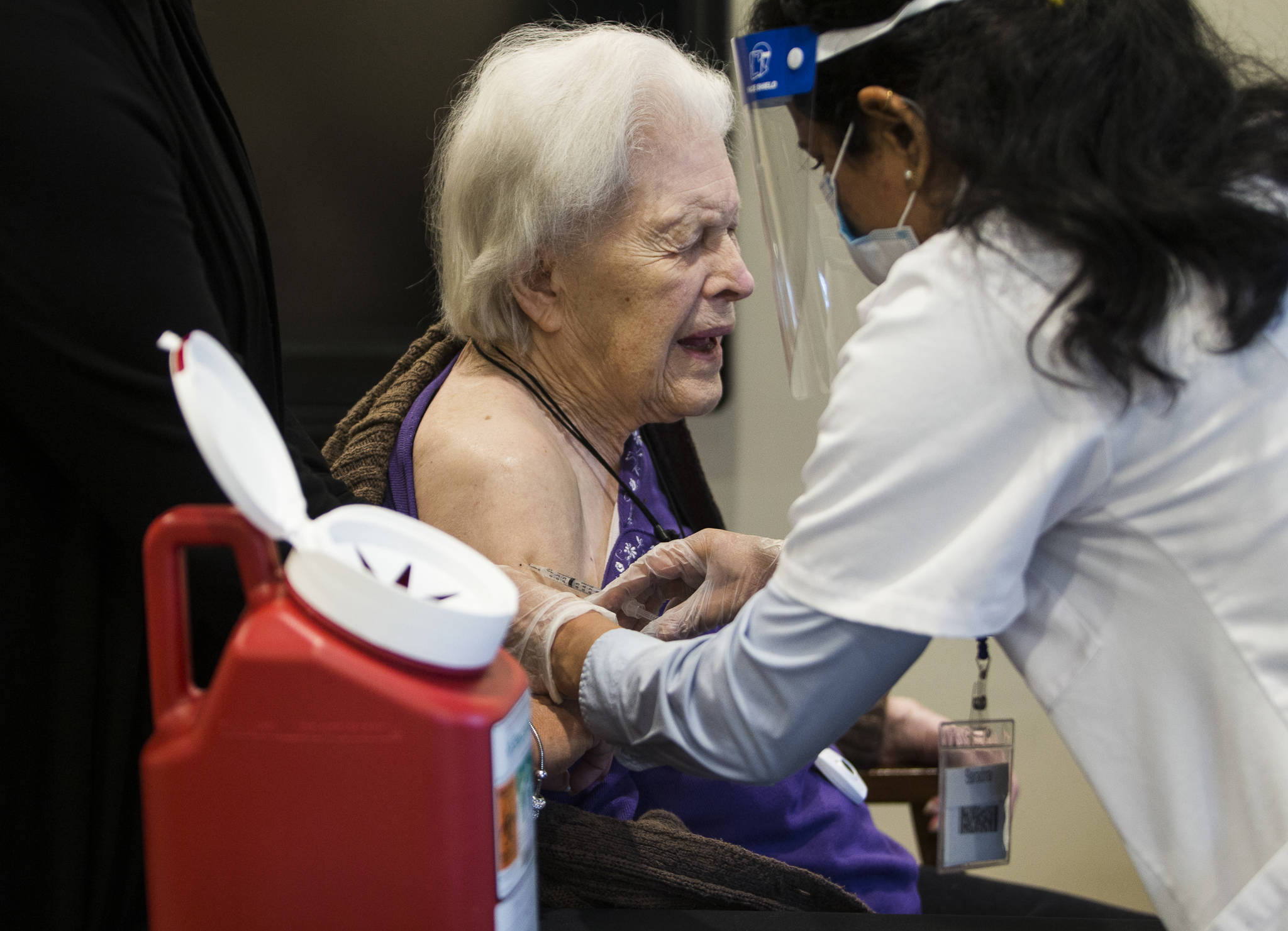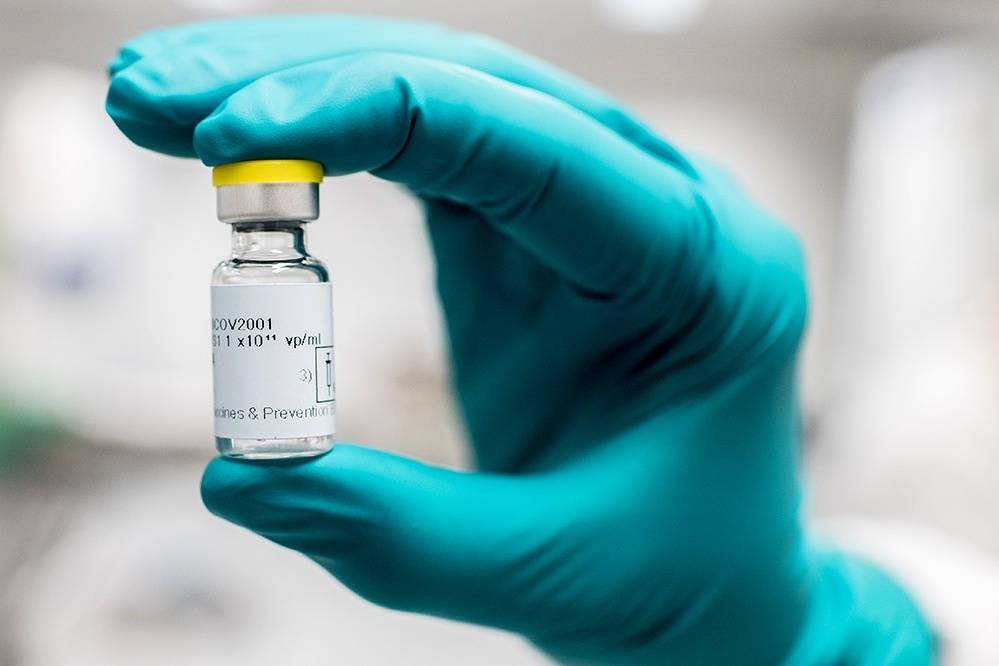Gov. Jay Inslee is extending his “Stay Home, Stay Healthy” order until May 31, he announced during a news conference Friday.
Data show that social distancing is working in the state’s fight against the novel coronavirus, but it’s too early to ease restrictions, Inslee said. In recent weeks, some construction has resumed and outdoor recreation sites have been reopened, but Inslee and local leaders are pleading with residents to continue practicing social distancing to prevent the disease from re-surging.
“We have not won the fight with this virus,” Inslee said. “I would like to tell you that we could all make reservations for June 1, but I cannot. We will have to monitor, assess and adapt.”
The governor also unveiled a four-phased plan to reopen the state. In the coming weeks, retail stores will be allowed to offer curbside pickup. Additionally, restrictions will loosen for landscaping, auto sales, home cleaning and pet walking businesses. Phase one also includes drive-in worship services.
Statewide, there were 14,327 confirmed cases as of Thursday, with at least 814 deaths, the state Department of Health said. In King County, there were 6,407 positive cases and 449 deaths from COVID-19, according to data posted Friday by Public Health – Seattle and King County
Inslee, along with health experts, said reopening the state will require widespread testing and contact tracing — determining who has come in contact with infected people so they can self-quarantine.
The federal government has promised enough test kits to quadruple the state’s supply, Inslee said.
The governor and the health district are strongly recommending residents wear cloth face masks when they’re out. There’s no plan to require masks, but it’s an option.
It could take a year to 18 months to develop a vaccine, health experts have reported. And a widely effective treatment hasn’t been found.
A report on COVID-19 in King County shows that transmission has dropped significantly since the outbreak began due to social distancing measures. Prepared by the Institute for Disease Modeling in Bellevue, the report shows that the number of people who can be infected by someone with a positive case of COVID-19 remained near one as of April 9, down from roughly three other people when the outbreak began. This is known as the reproductive number.
